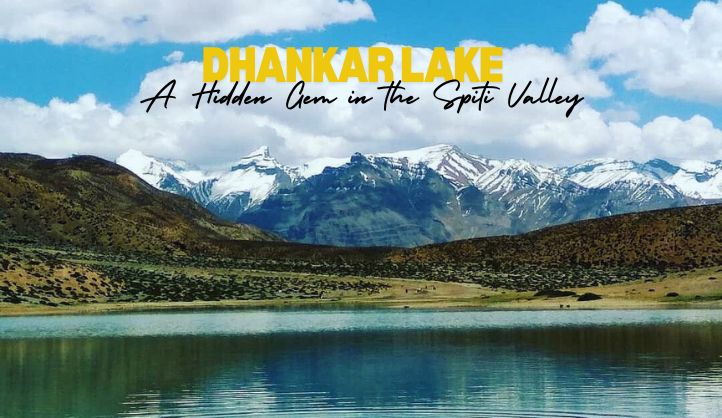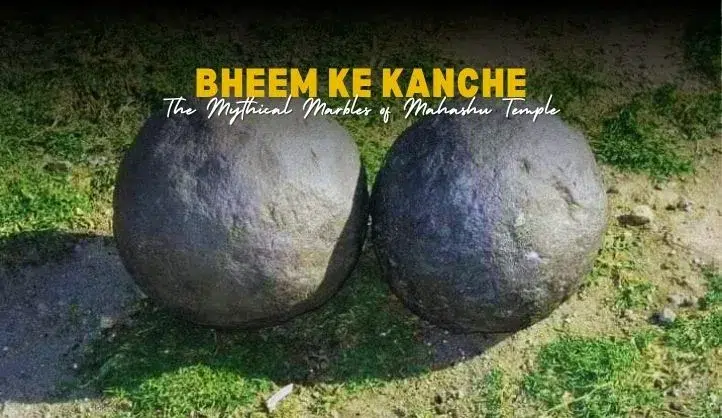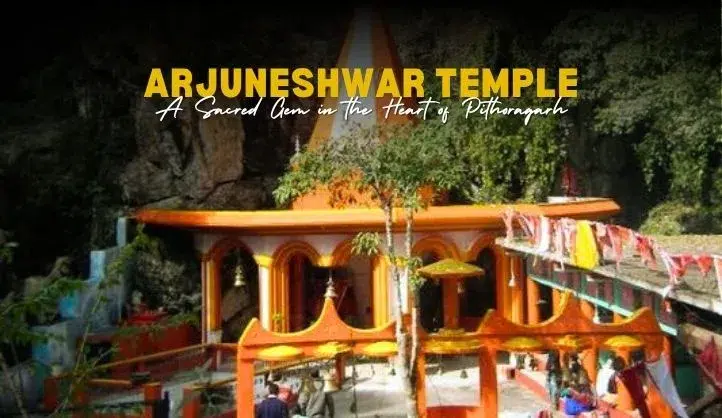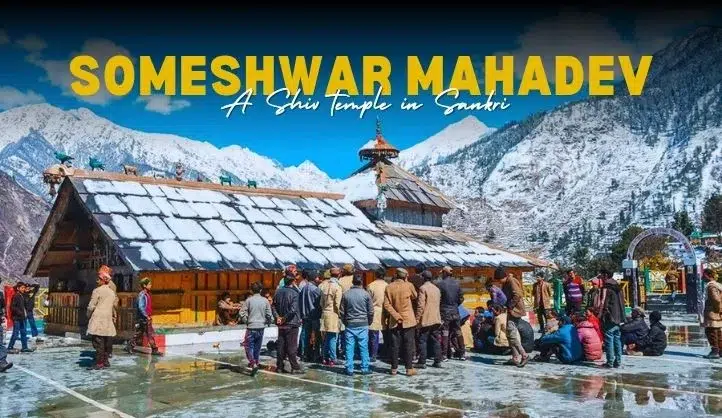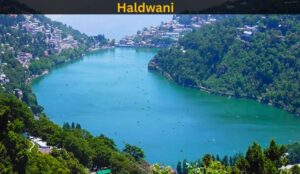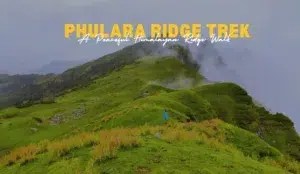The rugged beauty of the Spiti Valley in Himachal Pradesh. Dhankar Lake is a surreal destination that captivates travelers with its serene charm and mystical allure. Situated at an altitude of approximately 4,270 meters, this pristine high-altitude lake offers a mesmerizing blend of tranquility and natural beauty. Surrounded by arid mountains and the dramatic landscapes of the Trans-Himalayan region, Dhankar Lake is a haven for nature lovers, trekkers, and photographers.
In this article, we’ll explore the enchanting Dhankar Lake, its geographical and cultural significance, trekking details, best time to visit, nearby attractions, and practical tips for travelers. We’ll also answer some frequently asked questions to ensure you’re well-prepared for your journey.
The Enchanting Beauty of Dhankar Lake
Dhankar Lake, also known as Dhankar Tso, is a picturesque alpine waterbody situated above the historic Dhankar Monastery. The lake is fed by glacial melt and offers a tranquil retreat away from the bustling crowds. Its clear waters reflect the azure sky, surrounded by barren yet majestic peaks that create an awe-inspiring panorama.
The solitude of Dhankar Lake provides an ideal setting for meditation, introspection, and a deeper connection with nature. On a clear day, the still waters mirror the surrounding peaks, creating a visual spectacle that leaves visitors spellbound.
Trekking to Dhankar Lake
The journey to Dhankar Lake is an adventure in itself. It involves a moderately challenging trek that begins from the ancient Dhankar Monastery. The trail is approximately 2-3 kilometers long and takes about 1.5 to 2 hours to complete, depending on your pace and acclimatization to the altitude.
Trekking Highlights:
- Start Point: Dhankar Monastery, perched on a cliff overlooking the confluence of the Spiti and Pin Rivers.
- Trail Details: The path is steep and rocky but well-defined. It offers breathtaking views of the surrounding mountains and valleys.
- Difficulty Level: Moderate. While the trek is not overly strenuous, the high altitude can make it challenging for some.
- Flora and Fauna: spot hardy vegetation like junipers and seabuckthorn, along with occasional sightings of Himalayan birds.
- Duration: 1.5 to 2 hours (one way).
Best Time to Visit Dhankar Lake
The best time to visit Dhankar Lake is between May and October when the weather is favorable and the trekking trails are accessible. Here’s a breakdown of seasonal conditions:
- Summer (May to June): Pleasant weather with clear skies, making it ideal for trekking and photography.
- Monsoon (July to August): The region experiences minimal rainfall, but occasional landslides can affect road access.
- Autumn (September to October): Crisp weather, vibrant landscapes, and fewer crowds make this a perfect time to visit.
- Winter (November to April): The lake is frozen, and the trek is inaccessible due to heavy snowfall.
Cultural Significance of Dhankar Lake
Dhankar Lake holds immense cultural and spiritual significance for the local Buddhist community. It is considered a sacred site and is closely associated with the ancient Dhankar Monastery, a 1,000-year-old treasure trove of Buddhist art and culture. Pilgrims often visit the lake to seek blessings and meditate in its serene surroundings.
Nearby Places to Explore
Dhankar Lake is surrounded by several attractions that enhance the overall travel experience. Here are some must-visit places near the lake:
1. Dhankar Monastery
Dhankar Monastery is one of the oldest monasteries in the Spiti Valley, dating back over 1,000 years. Its location offers a breathtaking vantage point of the valley below. The monastery houses ancient murals, Buddhist scriptures, and thangka paintings. The structure is an architectural marvel, showcasing traditional Tibetan construction techniques.
2. Pin Valley National Park
It is known as the “Land of Snow Leopards.” Pin Valley National Park is a haven for wildlife enthusiasts and trekkers. Spread across 970 square kilometers, the park is home to endangered species such as the snow leopard, Himalayan ibex, red fox, and more. Its unique high-altitude ecosystem also supports rare medicinal plants.
3. Tabo Monastery
It is often referred to as the “Ajanta of the Himalayas.” Tabo Monastery is a UNESCO World Heritage Site and one of the oldest continuously functioning Buddhist monasteries in the world. Founded in 996 AD, this monastery is known for its stunning frescoes, ancient sculptures, and murals that depict Buddhist teachings.
4. Chandratal Lake
It is referred to as the “Moon Lake,” Chandratal Lake is another high-altitude Lake that enchants visitors with its turquoise waters and dramatic backdrop of the Himalayas. It’s a perfect destination for camping and trekking enthusiasts.
5. Key Monastery
Key Monastery is an iconic landmark of the Spiti Valley, standing proudly on a hilltop at an altitude of 4,166 meters. This 1,000-year-old monastery is an architectural and cultural treasure, featuring labyrinthine corridors, monk cells, and prayer halls adorned with exquisite murals.
6. Langza Village
It is famous for its rich fossil reserves, Langza is a quaint village that offers a glimpse into the prehistoric era. The village is dominated by a giant Buddha statue that overlooks the valley, symbolizing peace and prosperity. Langza is also an excellent spot for stargazing due to minimal light pollution.
7. Lhalung Monastery
It is known as the “Land of the Gods,” Lhalung Monastery is one of the oldest spiritual centers in the Spiti Valley. It is believed to have been established by Rinchen Zangpo, a renowned translator of Buddhist scriptures. The monastery is surrounded by golden-colored poplar trees that enhance its charm.
8. Kaza
Kaza is the administrative headquarters of the Spiti Valley and serves as a base for exploring nearby attractions. This bustling town offers modern amenities, making it a convenient stopover for travelers. Kaza is also a cultural hub where you can interact with locals, shop for handicrafts, and experience traditional Spitian cuisine.
Practical Tips for Visiting Dhankar Lake
- Acclimatization: Spend at least a day in Spiti Valley to adapt to the high altitude and prevent acute mountain sickness (AMS).
- Clothing: Carry warm layers, a windproof jacket, and sturdy trekking shoes.
- Water and Snacks: Stay hydrated and carry light snacks for energy.
- Permits: Indian tourists don’t require special permits, but international visitors may need to register at Kaza.
- Guide and Equipment: Although the trail is straightforward, hiring a local guide is recommended for first-time trekkers.
FAQs about Dhankar Lake
1. How do I reach Dhankar Lake?
To reach Dhankar Lake, travel to Kaza in Spiti Valley, which is accessible from Manali or Shimla. From Kaza, hire a taxi or take a bus to Dhankar Village. The trek to the lake starts from Dhankar Monastery.
2. Is the trek to Dhankar Lake suitable for beginners?
Yes, the trek is manageable for beginners with basic fitness levels. However, acclimatization to high altitudes is essential.
3. Are there accommodation options near Dhankar Lake?
Yes, Dhankar Village offers basic homestays and guesthouses. Kaza, located nearby, provides more comfortable accommodation options.
4. What should I carry for the Dhankar Lake trek?
Carry essentials like warm clothing, a water bottle, energy snacks, sunscreen, a hat, and trekking shoes. A trekking pole can also be helpful.
5. Is camping allowed at Dhankar Lake?
While camping is not officially prohibited, the harsh weather and lack of facilities make it less common. It’s better to stay in Dhankar Village or Kaza.
6. Can I visit Dhankar Lake during winter?
The trek to Dhankar Lake is inaccessible during winter due to heavy snowfall and sub-zero temperatures. Plan your visit between May and October.

